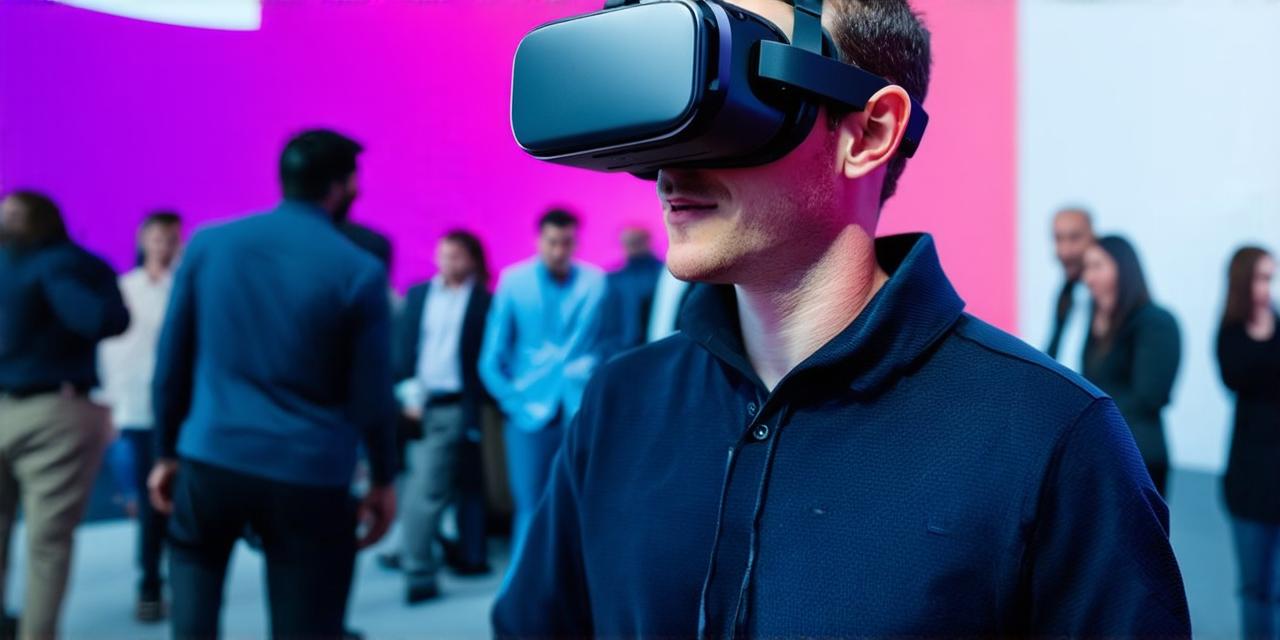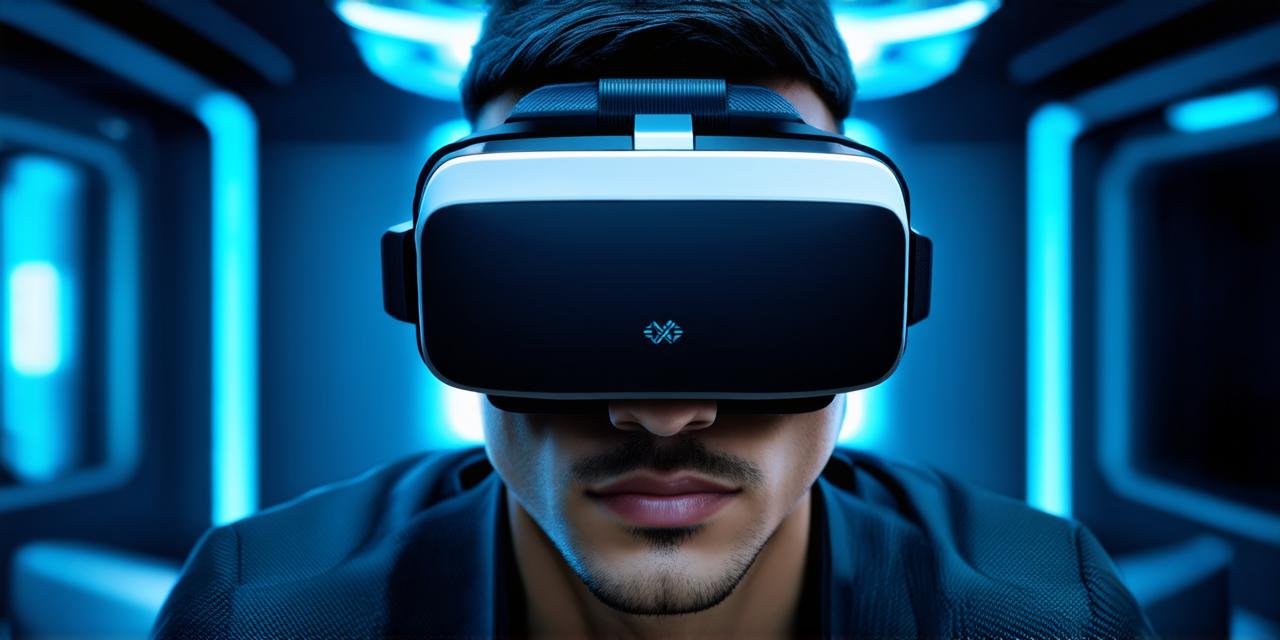Virtual reality (VR) has been gaining popularity in recent years as a tool for psychological interventions. The immersive and interactive nature of VR technology makes it an attractive option for treating various mental health conditions such as anxiety, depression, and PTSD. In this article, we will explore the current status of VR outcomes in psychological interventions and examine the evidence supporting its use.
Virtual Reality in Psychological Interventions: An Overview
Virtual reality technology is a computer-generated simulation that allows users to experience a virtual environment as if they were actually there. It has been used in various fields, including gaming, education, and healthcare. In recent years, VR has gained attention as a tool for psychological interventions due to its ability to create highly realistic and immersive experiences that can be tailored to meet the needs of individual patients.
VR-based interventions can take many forms, ranging from exposure therapy to cognitive-behavioral therapy (CBT). Exposure therapy involves confronting a feared stimulus or situation in a safe and controlled environment, while CBT involves identifying and challenging negative thought patterns and behaviors. Other VR-based interventions include relaxation techniques, stress reduction exercises, and pain management.
Virtual Reality Outcomes in Psychological Interventions: The Evidence
Numerous studies have been conducted to evaluate the effectiveness of VR-based interventions in psychological treatments. These studies have shown promising results, with many showing significant improvements in symptoms of mental health conditions such as anxiety, depression, and PTSD.
For example, a study published in the Journal of Consulting and Clinical Psychology found that exposure therapy using VR was effective in reducing symptoms of social anxiety disorder. Participants in the VR-based intervention group showed significant reductions in anxiety levels compared to those who received traditional cognitive-behavioral therapy.
Another study published in the Journal of Traumatic Stress found that VR exposure therapy was effective in reducing PTSD symptoms in veterans. The study found that participants who underwent VR-based exposure therapy showed significant reductions in symptoms compared to those who received traditional cognitive-behavioral therapy or no treatment at all.
In addition, a study published in the Journal of Clinical Psychology found that VR-based relaxation techniques were effective in reducing symptoms of anxiety and depression. The study found that participants who underwent VR-based relaxation training showed significant reductions in symptoms compared to those who received traditional relaxation techniques or no treatment at all.
Virtual Reality Outcomes in Psychological Interventions: Real-Life Examples
One example of the effectiveness of VR-based interventions is the use of VR exposure therapy for phobias. A woman named Sarah suffers from a severe fear of heights, which has affected her daily life and prevented her from participating in activities that involve heights. Her therapist recommended VR exposure therapy as a way to confront her fear in a safe and controlled environment.
Sarah underwent a series of VR-based exposure therapy sessions where she was gradually exposed to increasingly heights while wearing a VR headset. She was able to confront her fear step by step, starting with lower heights and working her way up to higher ones. Over the course of several sessions, Sarah’s anxiety levels decreased significantly and she was able to participate in activities that involved heights without experiencing fear.
Virtual Reality Outcomes in Psychological Interventions: Limitations and Challenges

While VR-based interventions have shown promising results, there are limitations and challenges associated with their use. One limitation is the high cost of VR technology, which can be a barrier for many individuals seeking psychological treatment. Additionally, not all patients may be comfortable with the immersive nature of VR, which could limit its effectiveness in certain cases.
Another challenge is the need for trained therapists to administer VR-based interventions. While some VR-based interventions can be self-guided, others require the guidance of a licensed therapist to ensure safety and effectiveness. This can increase the cost of VR-based interventions and limit their accessibility.
Finally, there is a lack of long-term research on the effectiveness of VR-based interventions. While many studies have shown short-term improvements in symptoms, it is unknown how well these improvements translate to long-term outcomes. Further research is needed to fully understand the potential benefits and limitations of VR-based interventions.
Virtual Reality Outcomes in Psychological Interventions: Conclusion
In conclusion, virtual reality technology shows promise as a tool for psychological interventions due to its ability to create highly realistic and immersive experiences that can be tailored to meet the needs of individual patients. While there are limitations and challenges associated with VR-based interventions, the evidence suggests that they can be effective in reducing symptoms of mental health conditions such as anxiety, depression, and PTSD. As VR technology continues to evolve, it is likely that we will see more research on the long-term effectiveness of VR-based interventions and the continued development of new and innovative applications for this exciting technology.




